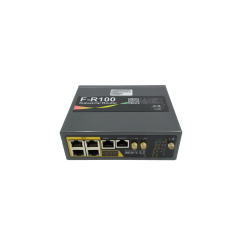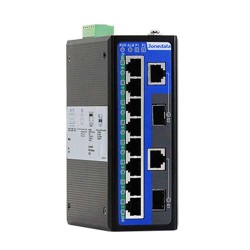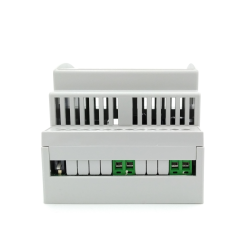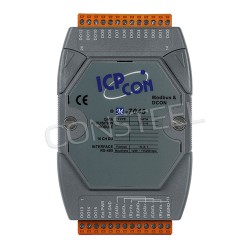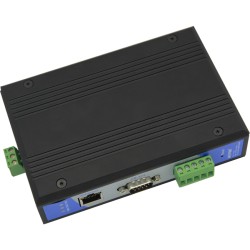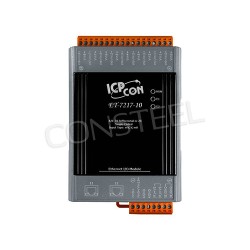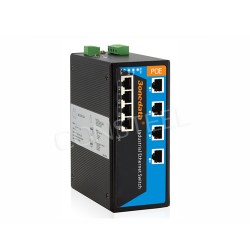What is static SPC process control?

In the field of industrial production and manufacturing, the most important thing is to ensure consistent quality and productivity using industrial solutions of the highest quality. Statistical Process Control (SPC) is a key methodology in achieving these goals. Through data analysis and the use of statistical techniques, SPC enables industry to effectively monitor and control processes, thereby minimizing variability, reducing defects and increasing overall productivity. Let's take a look at what statistical process control (SPC) is, its principles and importance in process control.
What is statistical process control (SPC)?
Statistical process control (SPC) is a methodology used to monitor, control and improve processes by analyzing data and detecting deviations that can lead to defects or inefficiencies. SPC relies on statistical techniques to assess process performance, identify trends and make data-driven decisions to maintain process stability and consistency.
Principles of statistical process control
SPC is based on several basic principles, including:
Data collection: SPC begins with the collection of data from the process being monitored. This data typically includes measurements or observations related to the quality or performance of the product or process. A PoE switch, for example, such as the IES2210-8P2GC-2P48-240W has IP cameras connected to it that collect real-time data, which is forwarded and analyzed.
Statistical analysis: Once the data is collected, statistical techniques are applied to analyze the data and evaluate process performance. Typical statistical methods used in SPC include control charts, histograms and process capability analysis.
Control charts: Control charts are graphical tools used to monitor process changes over time. They display process data points along with control limits, which are statistical boundaries that indicate the expected range of variation under normal conditions.
Process Control: Based on the analysis of the control charts, process control decisions can be made to maintain process stability and consistency. When a process exceeds control limits or exhibits abnormal patterns, corrective action can be taken to address the root cause of variation and prevent defects. When setting up a process control system, it makes sense to use proven solutions in many industries such as the NP318T-8D(3IN1) serial port server or the F-R100-FL
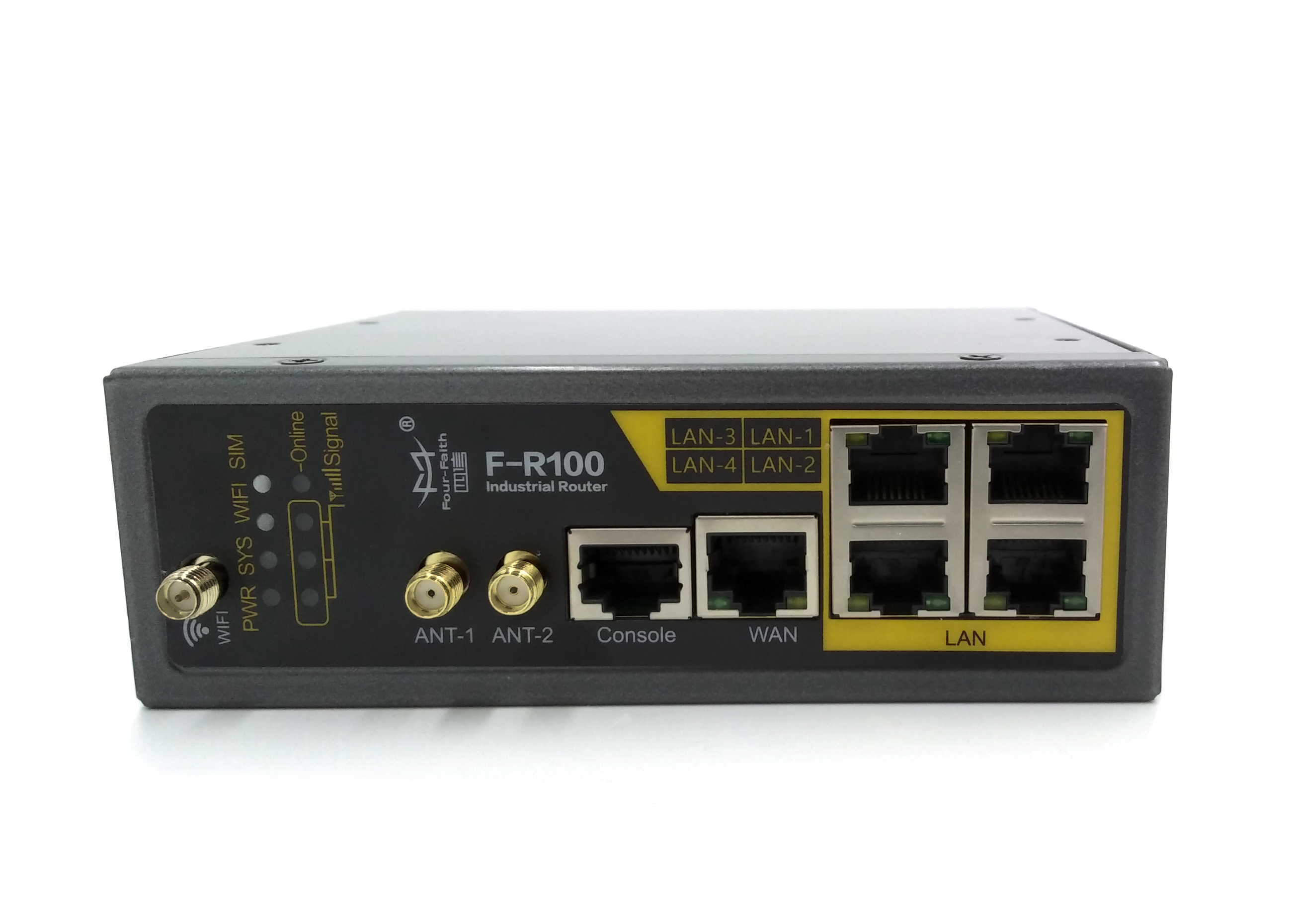
Continuous improvement: Static process control is not a one-time activity, but rather a continuous improvement process. By regularly monitoring processes and making data-driven decisions, organizations can identify opportunities for improvement and implement corrective actions to optimize process performance over time.
The importance of statistical process control
SPC plays a key role in process control across industries, offering several key benefits:
Quality improvement: Monitoring process variation and detecting deviations from the standard, SPC helps identify factors contributing to defects or nonconformities. This enables organizations to implement corrective actions and improve product quality, leading to higher customer satisfaction and reduced rework.
Cost reduction: SPC helps minimize process variability, which in turn reduces the likelihood of producing defective or nonconforming products. This leads to cost savings associated with scrap, rework, warranty claims and customer returns.
Efficiency gains: By maintaining process stability and consistency, SPC ensures that processes operate within specified limits and meet target performance goals. This results in improved process performance, reduced cycle times and increased throughput.
Data-driven decision making: SPC provides objective data and insight into process performance, enabling organizations to make informed decisions based on facts rather than assumptions or guesswork. This fosters a culture of continuous improvement and evidence-based decision-making in the organization.
In today's competitive business environment, achieving and maintaining high levels of quality, productivity and customer satisfaction is essential to success. Statistical Process Control (SPC) is a powerful tool in this endeavor, offering a systematic approach to monitoring, controlling and improving processes through data analysis and the application of statistical techniques. By adopting SPC principles and practices, organizations can improve process efficiency, reduce variability and introduce continuous improvement in their operations, ultimately leading to greater competitiveness and success in the marketplace. Therefore, it makes sense to invest in SPC-related processes and equipment for the sake of your company's growth and success.













-11-250x250w.png)
